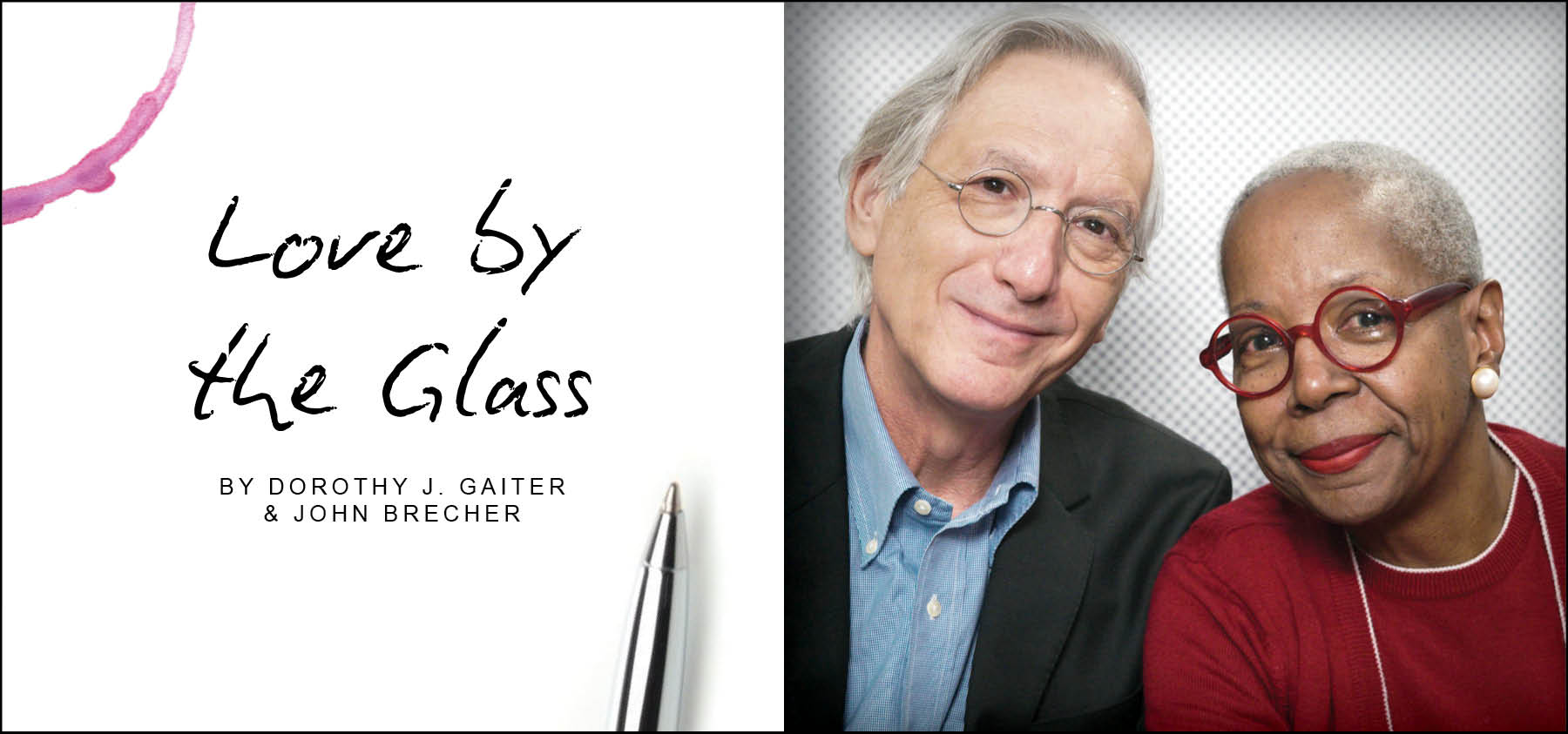
Diversity is not charity.
With those words, Dottie kicked off an extraordinary discussion at the Unified Wine & Grape Symposium, a giant trade show held every year in Sacramento, Calif. More than 13,000 wine and grape professionals from 30 countries attended this year in its first virtual presentation.
While this three-day symposium often focuses on issues such as “Precision Management in Vineyards,” the organizers decided this year that the issue of inclusion is so pressing that they made it a general session called “Strength in Diversity: Achieving Meaningful Change for Business Success in the Wine Industry.” They invited Dottie to moderate an all-star panel that included an über talented winemaker, a renowned sommelier turned social activist, a marketing dynamo and a trailblazer steering a luxury, legacy brand. Here are some key takeaways, which are widely applicable. These comments have been edited and condensed for space.
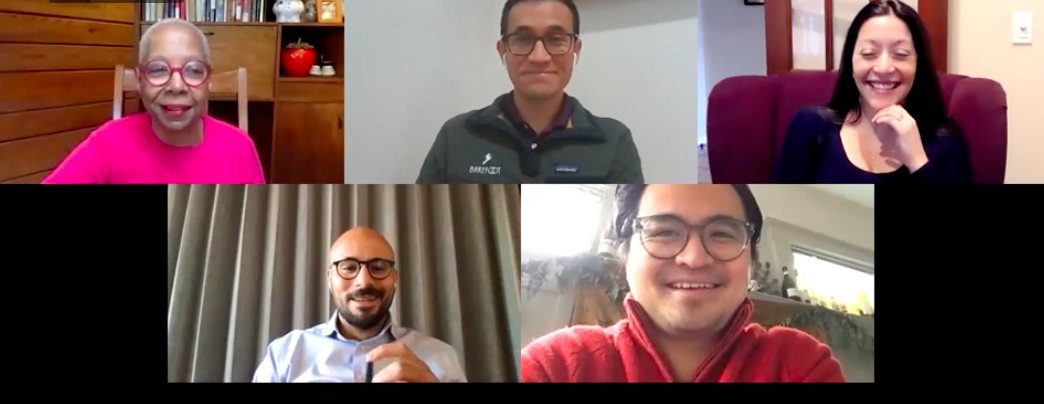 The wine industry must become more diverse to grow.
The wine industry must become more diverse to grow.
Dan Vu, marketing director of E. & J. Gallo’s Barefoot Wine, the No. 1 brand in the U.S., which is known for its outreach to those new to wine: “Many people in this country see the wine industry as exclusive. Four out of every five wine drinkers today are white. But 84% of the growth of this country over the past 10 years has come from multicultural folks. We need the wine industry to look like America today and also America in the future. We’re taking steps but we know there are a lot more steps that we want to take.” Vu cited a McKinsey study that showed companies with greater ethnic, racial and gender diversity on their leadership teams were more profitable than those with less.
Vinny Eng, a noted sommelier whose parents immigrated from Cambodia and who became a community organizer after his sister, who suffered from schizophrenia, was killed by police at a mental health clinic: “Consumers are pretty savvy. They are going to spend their money with brands they feel are genuinely accountable for actions in the past that may have slighted their communities. Racism is expensive. It has cost this industry so much money in terms of lost talent, in terms of consumers who have gone to other brands, and other beverages, because they feel that the wine industry has been tone deaf and inconsiderate.”
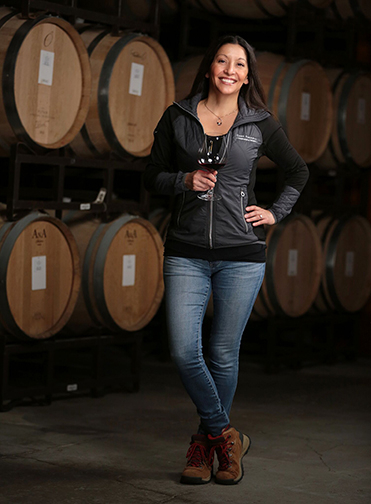 Theresa Heredia, winemaker at Gary Farrell Winery in Sonoma and a third-generation Mexican-American who married her wife at the winery: “It’s important for wineries to be present at events where you find mostly people of color and show them that we’re interested in getting to know them and in having them come to our communities and our individual wineries.”
Theresa Heredia, winemaker at Gary Farrell Winery in Sonoma and a third-generation Mexican-American who married her wife at the winery: “It’s important for wineries to be present at events where you find mostly people of color and show them that we’re interested in getting to know them and in having them come to our communities and our individual wineries.”
Carlton McCoy Jr., president and CEO of Heitz Cellar in Napa, one of three Black Master Sommeliers in the U.S. and a founder of The Roots Fund nonprofit that supports people of color in gaining education and employment in the wine industry: “America is still very far from its peak consumption as far as exposing wine culture to the citizens of this country because of the way we have presented wine in the U.S. and the way we’ve also marketed the career path. It’s really excluded a very large percentage of the demographic.”
That means outreach to consumers who feel they have been ignored, mistreated.
Vu: “Are we really that welcoming? [In terms of an outreach to Black consumers], in particular it’s Black women who feel, ‘We like wine, we like the idea of wine, but we don’t feel loved by wine.’ So we said we need to make sure that this community feels welcomed by the wine industry.”
(Photo: Theresa Heredia)
McCoy: “I’ve been very fortunate to befriend a number of people of color who are heads of industries, big athletes, music professionals and things like that and one of their biggest complaints is they feel very uncomfortable visiting wine regions where they don’t see anyone of color. Any diversity. It just doesn’t make them feel that they’re welcome. That’s a big deal, the power of representation. It’s important for people to see themselves associated with a product, to think and see that this product is intended for them.”
Heredia: “If we have people looking at all of the websites of wineries all around Sonoma County and they don’t see people who look like themselves, there’s no way for them to know they’re going to be comfortable there. We’re looking at changing our experiences. Maybe changing our tasting experiences to include flavor pairings that are more broadly cultural. Maybe we feature local chefs of different cultural backgrounds, different ethnicities.”
Those at the top must truly embrace progressive initiatives.
McCoy: “It really behooves companies to create diverse teams, especially on the board level and the executive level, to get a different perspective on how to bring a broader demographic of the country into wine drinking.”
Eng: “We’re at an important time for principals at firms and companies to really do an internal assessment of what does workplace safety look like. And it’s not just OSHA safety. It’s the feeling that someone can walk into your workplace and not worry about having an undignified experience. Whether they’re female, queer, Black or Asian or whether they’re non-binary or non-gender conforming, people need to feel safe. It can be as simple and mundane as looking at your payroll to see who’s getting paid the most and who’s getting paid the least.”
Heredia: “I was recently invited to participate in the Sonoma County Vintners’ brand-new diversity committee. That’s huge. Sonoma County Vintners is now putting a committee together to try to bring people to Sonoma County and I think Napa’s working on the same thing. Each of us as managers, as owners of wineries and vineyards, tourism companies, we all need to work together.”
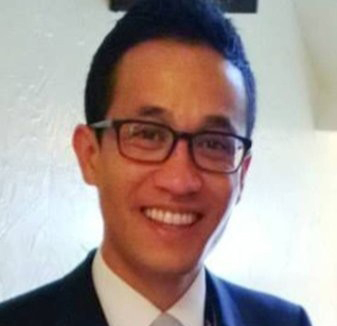 A diverse workforce and listening to employees will help broaden your consumer base.
A diverse workforce and listening to employees will help broaden your consumer base.
Vu, of Gallo, which has seven employee resource groups, one each for African-Americans, Latinx, gay people, disabled people, and veterans among others, and their allies: “We have a passionate group of employees who are able to give input, insight and at the end of the day empathy. They do this because they believe in this and they believe in what we’re doing and they want to help achieve what we all want to achieve, which is more diversity and more inclusion within the wine industry.”
(Photo: Dan Vu)
Eng: “If you want to go fast, go alone. But if you want to go far, go together. It takes a lot of collaboration for us to really deal with the deep root causes of why the wine industry has felt unsafe for Black and Brown people for so long.”
McCoy: “Being kind and very honest with people is usually a really good policy. It’s difficult when you’re in a corporate environment because that environment has taught us to be really cold and sterile in the way we speak to people. But I think just being human and honest with people goes a long way. Just being kind, like the Golden Rule.”
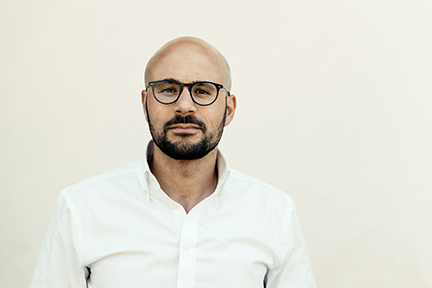 To find the best employees, widen your pool of applicants.
To find the best employees, widen your pool of applicants.
Vu: “We added 14 new HBCUs [historically Black colleges and universities] to our college recruiting last year. We had 13 virtual events at Howard alone. We do a lot of recruiting with Latino business organizations at campuses across the country.”
(Photo: Carlton McCoy)
McCoy: “Wineries are filled with people. They find employees somewhere. We need to reach out to those communities in the same way, with the understanding that it might take more work. These people are ready – they’re just waiting for the industry to be accepting. There are multiple organizations that recruit for, like, Native Americans. Social media’s a very powerful tool. We Google everything. If you are looking to add diversity, widen your net when you’re recruiting. It’s a ridiculous defense when people say they can’t find organizations that are supporting these demographics.”
Tokenism is insulting and counter-productive.
Eng: “We need to dispense with the idea that hiring one is enough, or two hires is enough. And really address the root cause, naming it.”
McCoy: “I absolutely do not believe in hiring anyone because of their race, their sex, what they identify with. I’m a results-oriented person. They have to be a highly qualified person. I personally believe that there are as many people of color who are as qualified for positions as people who are not of color. It would be insulting to a person to hire them because of one part of them, their color, their gender, their sex. It would be demoralizing. That’s when you create tokenism.”
And it’s about accountability.
Eng: “Before there’s justice you need accountability, and we can’t sweep under the rug the ways in which the wine industry and all the adjacent industries have dismissed their responsibility in treating particularly vulnerable communities as less than whole.” Think about your daily accountability, “things like the language that is used in your winery, the language that is used in the vineyards.”
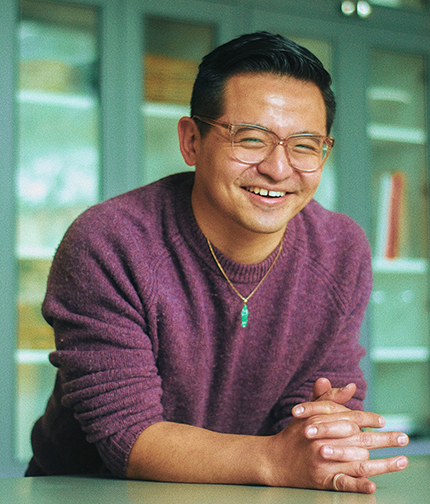 Vu: “It’s about holding yourself accountable. It’s not about intent. It’s about doing that formal assessment and saying, OK, where do we want to be and what are the specific steps to get there and how are we going to hold each other accountable to it?”
Vu: “It’s about holding yourself accountable. It’s not about intent. It’s about doing that formal assessment and saying, OK, where do we want to be and what are the specific steps to get there and how are we going to hold each other accountable to it?”
Fear continues to be a barrier – and we need to talk about that.
Heredia: “The fear is real, the fear of misstepping, of saying the wrong thing to somebody. That fear is like a giant wall that’s been preventing us from having these discussions and preventing us from moving forward and making it seem as though we don’t want to have diversity in the wine industry and we do. We really do. We can’t let people of color do all the work for us. Rip the Band-Aid off. No fear. Start reaching out to people. Working on equity and inclusivity at our organizations is how we’re going to get over the fear. Teaching everyone on staff how to talk to one another. We can’t be afraid of speaking about race. We can’t be afraid to talk about diversity. We have to be able to engage and ask questions.”
(photo: Vinny Eng)
Inclusive and diverse staffs enhance workplaces and communities
McCoy: “It will make your company better. It will make you better.
The more I travel, the more I interact with people around the world, the better person I become. The more empathetic I become, the more accepting generally you become. As we work on making our companies more diverse, I’ve noticed that people react very differently to having Black and Brown and Asian and more females in the workplace. It’s a different environment, a different feel in the office. It’s hard to put that in words. It makes for a better work environment.”
Vu: “There’s also the emotional part and the moral part of this, which is that we are in this industry because of the power that a bottle of wine can serve for people coming together and having open and honest conversations and dialogues. We can help be part of a positive change for society.”
Good things are happening.
Panelists and attendees mentioned programs and companies that are offering scholarships, awards, mentorships, job listings and other help, including Sonoma State University; Cal Poly; Cal State Fresno; Be the Change Job Fair; Black Wine Professionals; the Association of African American Vintners; UC-Davis; O’Neill Vintners and Distillers and Sons/Woodson; Southern Glazer’s; Wine Unify; historically Black colleges and universities including Florida A&M University (where Dottie’s father taught); Judy Jordan’s Wild Goat Edge foundation (Santa Rosa Junior College); and The Urban Grape, among others.
You can view the entire discussion here.
Dorothy J. Gaiter and John Brecher conceived and wrote The Wall Street Journal's wine column, "Tastings," from 1998 to 2010. Dorothy and John have been tasting and studying wine since 1973. In 2020, the University of California at Davis added their papers to the Warren Winiarski Wine Writers Collection in its library, which also includes the work of Hugh Johnson and Jancis Robinson. Dottie has had a distinguished career in journalism as a reporter, editor, columnist and editorial writer at The Miami Herald, The New York Times, and at The Journal. John was Page One Editor of The Journal, City Editor of The Miami Herald and a senior editor at Bloomberg News. They are well-known from their books and many television appearances, especially on Martha Stewart's show, and as the creators of the annual, international "Open That Bottle Night" celebration of wine and friendship. The first bottle they shared was André Cold Duck. They have two daughters.
Banner art by Piers Parlett










